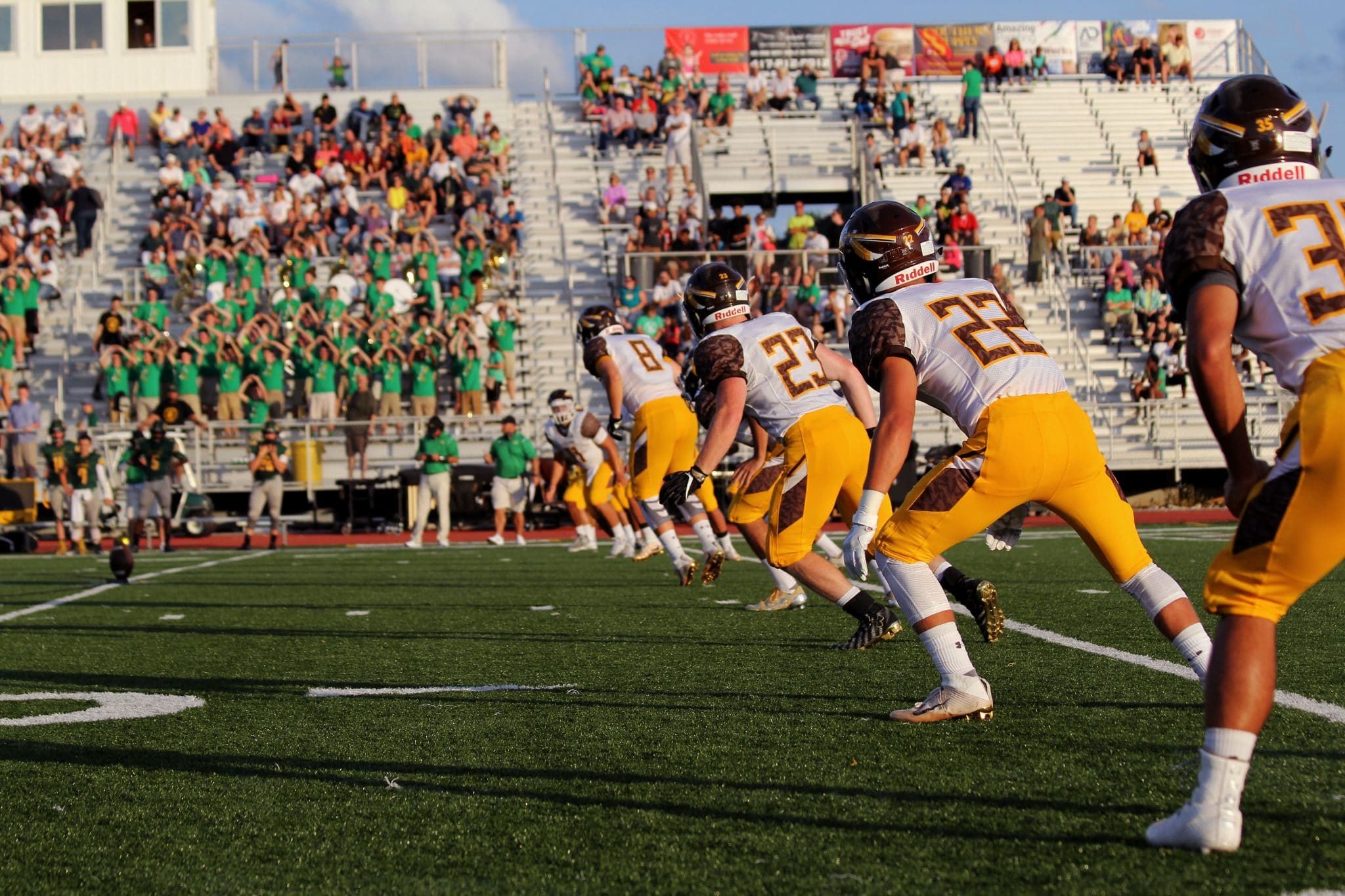Whether you play sports at a large or small school, Division I to Division III, being a college student athlete is a unique experience. There are positive, rewarding aspects as well as challenges, and each team and athlete has their own story.
Ken Metcalf didn’t start running until his junior year of high school, but turned out to have incredible natural ability, winning two state races his senior year. He was offered a full-ride scholarship to the University of Colorado, Boulder.
“I wasn’t sure what I was getting myself into. I grew up in a really small town so going to University of Colorado where it was a big campus with lots of kids was a huge thing for me and a real culture shock. So having that team environment really helped me assimilate to school much better,” said Metcalf.
Going to college as an athlete was important for Metcalf, as this is what allowed him to go to a school like CU Boulder.
“I would not have been able to go to a big school without a scholarship. My parents hadn’t saved money, so I would have had to take out loans. So just from an economics standpoint there’s no way I could have gone,” said Metcalf.
Student athletes also have to develop strong time management skills. Metcalf explained that he stayed focused by working closely with an advisor and was required to go to study halls. Student-athlete graduation rates are important to colleges and their athletic departments, and according to the NCAA, the graduation rate for student athletes as of 2018 is up to 88 percent. Plus, athletes have to meet certain grade requirements in order to continue competing, so there is a lot of incentive both for these athletes to stay focused and for the athletic department to provide student athletes with support.
Ethan Hamilton, Athletic Director at Point Loma Nazarene University, explained that he attempts to create a culture of balance in campus athletics among sports, academics, and other elements of life.
“Our coaches specifically are committed to that whole being. Do they want a women’s soccer athlete to be a better women’s soccer player when she leaves here? Yes. Do they want her to also graduate, and not just graduate, but be set up for the next chapter of her life because of her academic experience? Yes. Do they want to surround her with hopefully some of the best friends that she’ll have for the rest of her life? Yes,” said Hamilton.
Hamilton said he hires coaches who understand this value and who encourage a balanced school and athletic life. He also attributes in part the athlete-student-life balance at Point Loma to the fact that the school is in Division II athletics.
“One of the things Division II sets out in their rules and their bylaws–[they’re] structured around a phrase called ‘life in the balance,’” said Hamilton.
Division II athletics has different rules and limits on practice and competition time than Division I or Division III sports. This allows for student athletes to, say, study abroad or participate in an internship over the summer.
“We still have expectations if you’re going to be part of a team, but we as coaches and administrators try to be careful and cognizant that playing a sport is at least a part-time job, if not more, in addition to going to school full-time,” said Hamilton.
Despite the positive elements of sports and the attempt of administrators to create a less intense athletic culture, there are times when athletes choose or are forced to step down. While Metcalf recalled teammates that left the team due to burnout, Hamilton recalled athletes that transferred to Point Loma athletics from a Division I school as they felt too much pressure.
Injuries are also prevalent and can pause or even end a student’s athletic career. During his time at CU Boulder, Metcalf developed a stress fracture from overuse. While he recovered and was able to stay on the cross country team through college, he went on to run post-college and developed a second stress fracture that ended his career.
There are variances in intensity for student athletes, but the commonalities among all student athletes revolve around the comradery and focus required to manage sports in college.
“Being a student athlete lent itself to a much different college experience. A lot of kids were busy partying, and we couldn’t do that as runners because there was no way you could complete your workouts. From a time management standpoint, it really made you focus on getting through school. As much as you’re working out and trying to do your academics, you had no time for anything else. So for me that was a huge benefit. If I hadn’t had sports, I would’ve flunked out,” said Metcalf.
Hamilton also discussed a unique college experience, especially in terms of the team aspect of sports in the modern world.
“In a day with technology and texting and social media and everything else, I think being on a team forces actual interaction and conversation and dialogue, sometimes spirited debate. It teaches you how to deal with adversity,” said Hamilton.
While athletes may have to work hard to manage athletics with academics and other aspects of life, the payoff is not only playing a sport that you are passionate about, but many learned life skills and opportunities. If you want to play a sport in college, consider the views you have on balance, and compare this to your potential coach, athletic department, and school to find your best fit.
Use Peterson’s College Search Tool to search for the athletics you’re looking for in a college.



